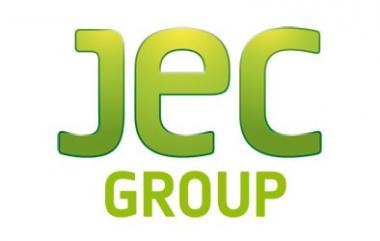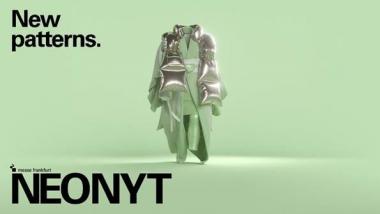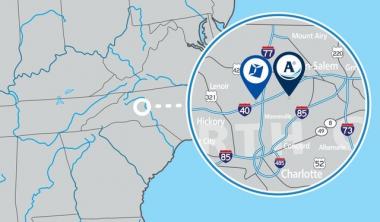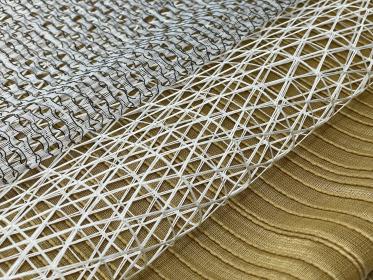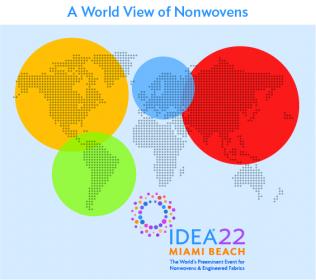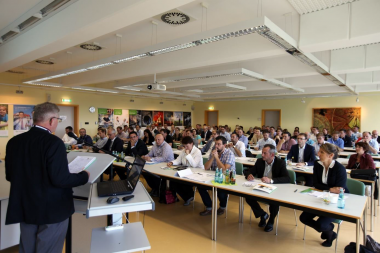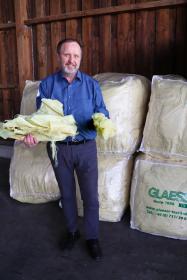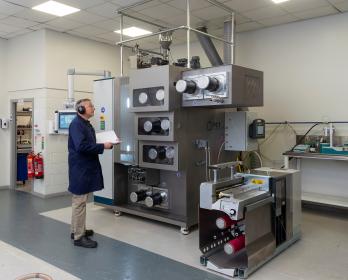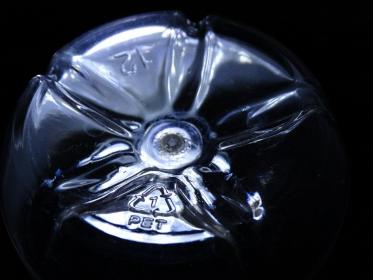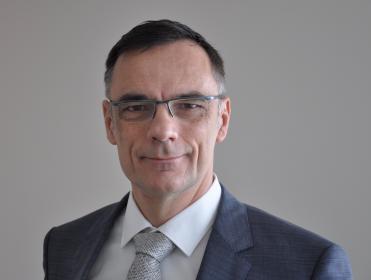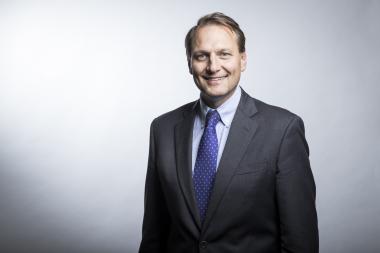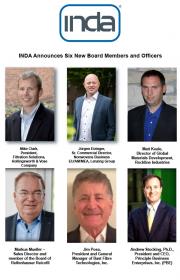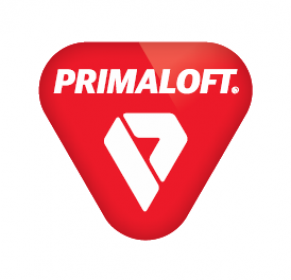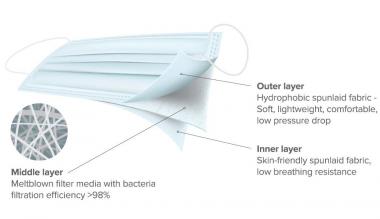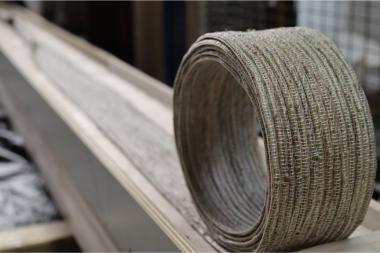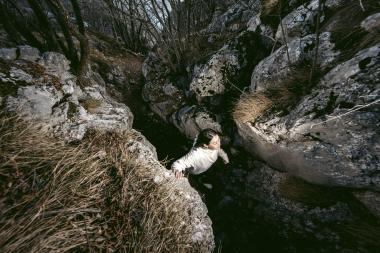JEC World announces 2023 and 2024 dates
JEC World announces the dates of the show in 2023, taking place from April 25 to 27, and in 2024, from March 5 to 7, in Paris Nord Villepinte in the same halls.
Taking place every year for more than half a century, JEC World gathers the whole value chain of composite materials in Paris. The event brings together not only all major stakeholders of the composites industry but is also the place to be for innovative startups in the field of advanced materials, and for experts, academics, scientists and R&D leaders. For professionals from the various application sectors of composite materials, it is a unique showcase of what composites can offer, and an unlimited source of inspiration. So, with this two-years schedule, professionals can plan their participation while ahead to make the most out the show.


